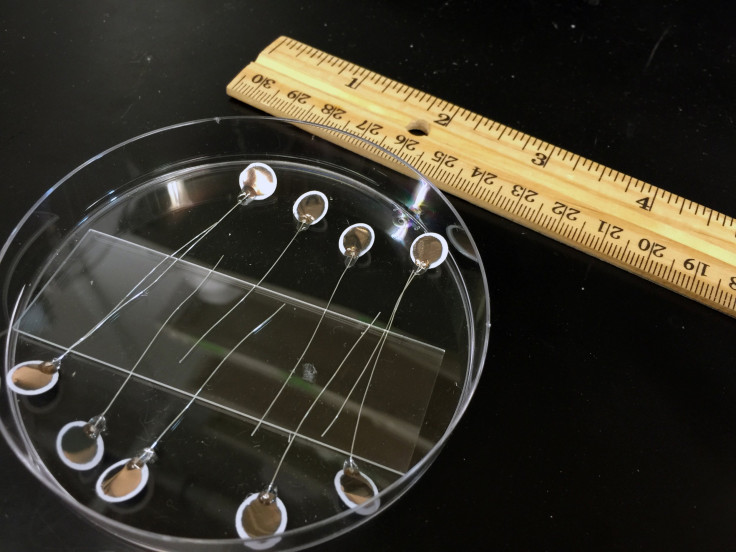Is Tesla P100D Battery Already About To Be Obsolete?

Among a flurry of excitement, Tesla Motors announced a new 100 kWh battery pack for its vehicles Tuesday, which extends the range of its Model X SUV to 289 miles on a single charge, an almost 12.5 percent improvement from the 257 miles the 90 kWh battery offers. The range for the Model S sedan, equipped with the P100D battery, is now 315 miles, nearly a 17 percent jump which makes it the electric car with the longest range currently available.
Does that mean Tesla has the best battery technology available in the world today? Not necessarily.
Scientists at the Ohio State University (OSU) have developed battery technology that could give electric vehicles more mileage for every minute of charging. In a statement, the researchers said electric cars have hit a “performance limit because of how charge is stored in conventional batteries.” They put that limit at 0.4 miles of driving for every minute of charge (though it would seem that Tesla’s P100D battery does better with about 0.6 miles at its best).
“Inspired by how living cell membranes transport proteins” in the human body, Vishnu-Baba Sundaresan and Travis Hery from OSU “have designed a thin plastic membrane that stops rechargeable batteries from discharging when not in use and allows for rapid recharging.”
Current batteries, like the popular lithium-ion ones, already have membranes but they can’t completely prevent the leakage of charge from batteries, which happens through an internal chemical process known as self-discharge. This phenomenon causes a gradual power drain from the battery. The scientists hope their invention, which they are calling an “ionic redox transistor,” will increase the capacity of “car batteries to provide up to tens of miles per minute of charge.”
Sundaresan said: “That’s still an order of magnitude away from the equivalent measure in gasoline, but it’s a place to start.”

The self-discharge, in worst-case scenarios, can generate enough heat to start a fire, as happened in the recent cases of Boeing’s Dreamliner fleet or with some hoverboards.
The researchers are using their transistor “to develop a new kind of battery in which energy is stored in a liquid electrolyte — which people can recharge or empty out and refill as they would refill a gas tank.” This would allow extending the driving range even beyond a single charge without needing to stop for a recharge. It would also provide for a mechanism to prevent the heating issues caused by self-discharge.
During lab tests, the researchers “found that their membrane reliably controlled charging and discharging in batteries powered by ions of lithium, sodium and potassium.”
The research, funded by the National Science Foundation, was published in the journal Energy and Environment Science.
© Copyright IBTimes 2024. All rights reserved.





















